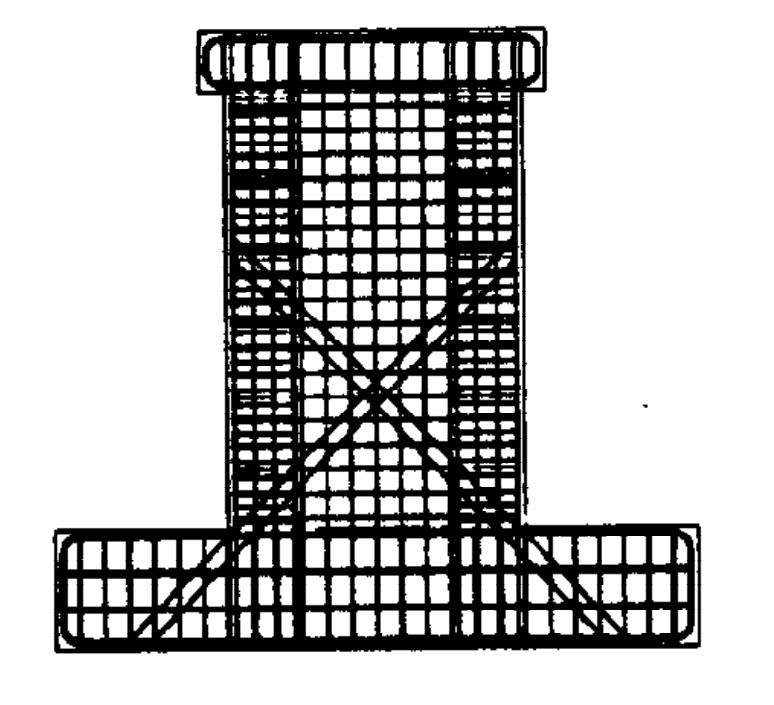civeng80
Structural
- Dec 21, 2007
- 745
I'm wondering if anyone ever uses diagonal reinforcement bars in shear walls (simply designed as cross bracing without concrete) and if so how they are anchored to the panel foundation.
Follow along with the video below to see how to install our site as a web app on your home screen.
Note: This feature may not be available in some browsers.


civeng80 said:If that is the case then it should also happen to the shear walls in the pictures.
civeng80 said:its just an application of the strut and tie design method as I see it.
[blue](Kootk)[/blue]
I'm inclined to steer clear of this arrangement for seismic applications precisely because of these concerns. I'm not sure if the real world details have really been thought through and/or tested in a way that makes the wall ductility sufficiently predictable under cyclic plastic strains.
